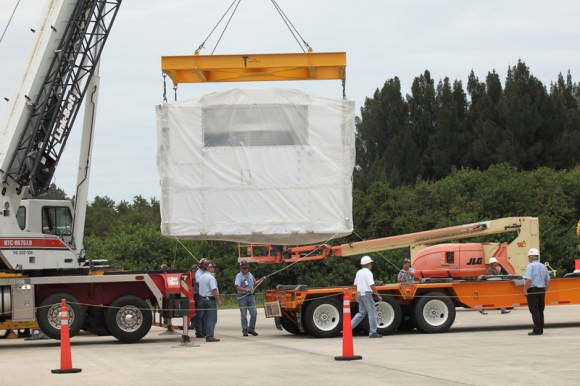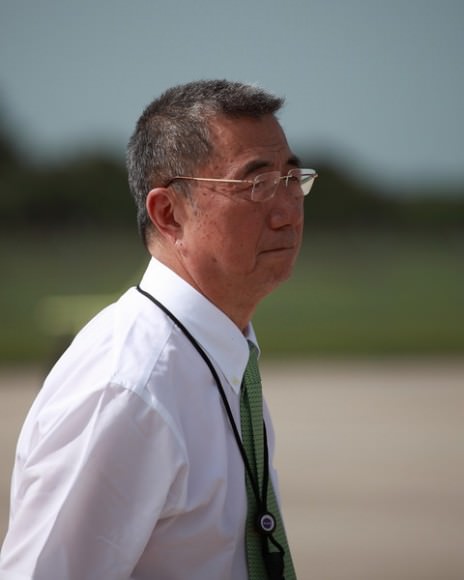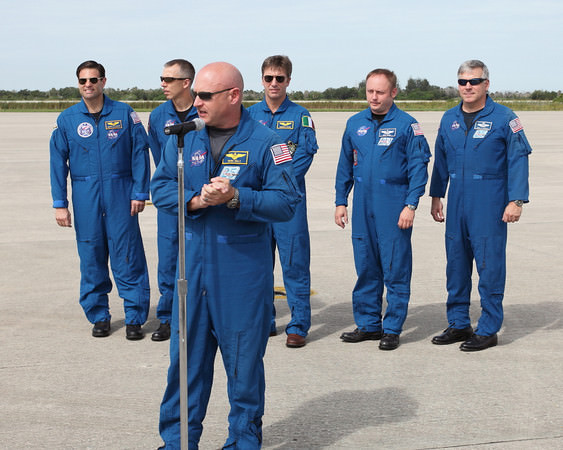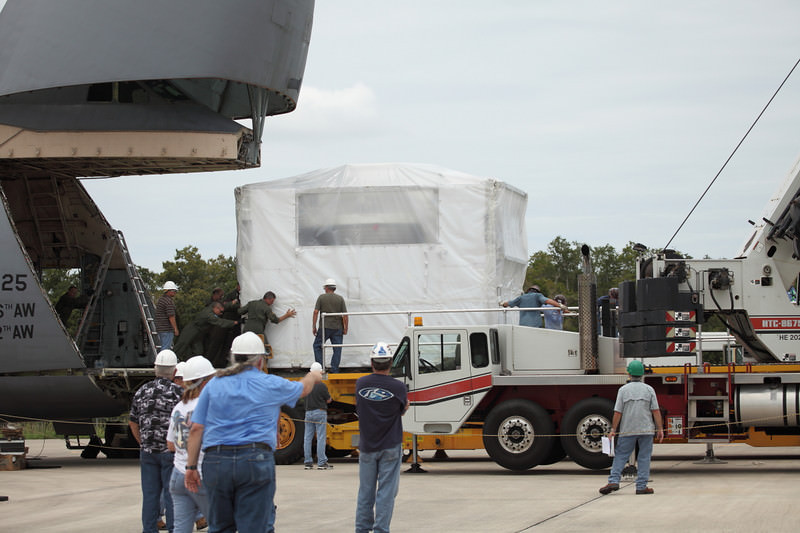[/caption]
One of the most anticipated science instruments for the International Space Station — which could find the “hidden universe” of anti matter and dark matter — has arrived at Kennedy Space Center. The Alpha Magnetic Spectrometer (AMS-02) is now ready to head to space as part of what is currently the last scheduled space shuttle mission in February 2011. Dubbed “The Antimatter Hunter,” the AMS is the largest scientific instrument to be installed on the ISS, and comes as a result of the largest international collaboration for a single experiment in space.
“Even before its launch, the AMS-02 has already been hailed is already as a success. Today we can see in it with more than a decade of work and cooperation between 56 institutes from 16 different countries,” said Simonetta Di Pippo, ESA Director of Human Spaceflight.
AMS measures the “fingerprints” of astrophysical objects in high-energy particles, and will study the sources of cosmic rays — from ordinary things like stars and supernovae, as well as perhaps more exotic sources like quark stars, dark-matter annihilations, and galaxies made entirely of antimatter.

Each astrophysical source emits a particular type of cosmic rays; the rays migrate through space in all directions, and AMS-02 will detect the ones that pass near Earth. With careful theoretical modeling, the scientists hope to measure those fingerprints.
By observing the hidden parts of the Universe, AMS will help scientists to better understand better the fundamental issues on the origin and structure of the Universe. With a magnetic field 4,000 times stronger than the magnetic field of the Earth, this state-of-the-art particle physics detector will examine directly from space each particle passing through it in a program that is complementary to that of the Large Hadron Collider. So, not only are astronomers eagerly waiting for data, but particle physicists as well.

The AMS-02 experiment is led by Nobel Prize Laureate Samuel Ting of the Massachusetts Institute of Technology (MIT). The experiment is expected to remain active for the entire lifetime of the ISS and will not return back to Earth. The launch of the instrument was delayed so that the original superconducting magnet could be replace with a permanent one with a longer life expectancy.
Now as KSC, the AMS will be installed in a clean room for more tests. In a few weeks, the detector will be moved to the Space Shuttle, ready for its last mission.

The AMS-02 is an experiment that we hope we’ll be doing lots of reporting about in the future!
Source: ESA


I saw a report somewhere recently that despite careful planning, the AMS-02 and its packing container could not quite fit into the Lockheed C-141 transport from Europe to Florida (missed by an inch or so). The decision was finally made to remove the top panel of the container and cover it, thus allowing it to fit aboard its ride to Kennedy. Man, this much delayed mission just can’t get no breaks. 🙂
This has been in the works for quite some time. Sam Ting proposed this alsmost 20 years ago. It is funny that with the last shuttle missions we might get the ISS used to do some actual sceince. Though to be honest I am sure the AMS could function as a stand alone satellite.
LC
“just can’t get no breaks” – but surely it will get that symmetry breaking now! [awaits with bated breath]
Between 2003 and 2008 the ISS participated in more than 100 experiments.
And that was presumably before the special conditions of space affecting the immune system discovered then would result in ISS medical research spin-offs: “… identified increased virulence of space-flown Salmonella typhimurium, a leading cause of food poisoning. New research on subsequent station missions will target development of a vaccine for this widespread malady.”
ISS has done more actual science than some researchers. I wouldn’t kick it in the mouth on that score.
Actually, I have seen that “no science” claim before; it’s likely made it into “folk science” by now. Wouldn’t NASA benefit from a press office? ???
Oops, HTML fail. Try this smiley instead of ???: :3 .
@ Lawrence B. Crowell
Sadly not. It was designed to be lifted by the space shuttle and to reside on the ISS with its power sources.
If the additional flight would not have been added to lift it, the $2 Billion would have been wasted. You would have had to design and build a completely new satellite in order to get it up, if you couldn’t place it on the ISS. Next to that, the experiment would have been much smaller due to reduced lift capacities and a need for its own power source (solar sails, for example).
So, yeah, it’s good that it finally goes up and to where it belongs!
Dr Flimmer,
Of course it probably could not be retrofitted for a standard launch vehicle. Yet I suspect the experiment could have been designed from the beginning as a stand alone spacecraft.
LC
As for science done on the ISS, it is true that some of these developments have taken place. Prior to that the space shuttle did similar experiments. These might be called “spider web in space” experiments, which amount to $billion manned space missions to figure out how moths fly in weightlessness or similar things. Few people in the bio-medical field would primarily opt for this approach to research without considerable prior funding. IOW, there is a huge up front investment with this so the actual bio-med researcher approaches this with a modest budget.
LC
LBC: my line of thought exactly.
Does anyone else find it amazing that the AMS is going to be looking for Antimatter. Well I do, its the type of project you’d expect in 2010.
It would be truly amazing if it located antimatter nearby, say trapped in the Sun magnetic fields or Jupiter’s, but that is probably verging on the science fiction side of things.
Is current theory still holding that most (99.9%) of Antimatter in the universe was annihilated in the early universe?
Once again a AM hunter, mad stuff.
“Few people … would primarily opt for this approach”.
True, but that is another question. ISS was never developed primarily for science. Now that it’s there, it’s cheaper (see AMS). So it’s a win-win, unless money was taken from research. That question again spins out into “a dark place”. 😀
@ Spoodle58: Agree, it’s an oldie but goldie – it’s an awesome Ting, don’t you think?
@ Torbjorn Larsson OM: It sure is awesome.
I believe that matter and anti-matter everywhere forms by casuality cause and effect. local cause and cosmological effects scale infinite sizes of black holes, which forms equal annihilation particles. the big-bang particle soup singularity beginning is false, because ancient primordial magnetism existed, so the big-bang is not like being on the north pole without anything being north of you. the expanding universe by energy density is a larger singularity called dark energy of the mere 4% visible matter in the universe. Dark matter does NOT expand with dark energy ! Black holes are largely responsible for all dark energy effects, which is why they study galaxies for it.